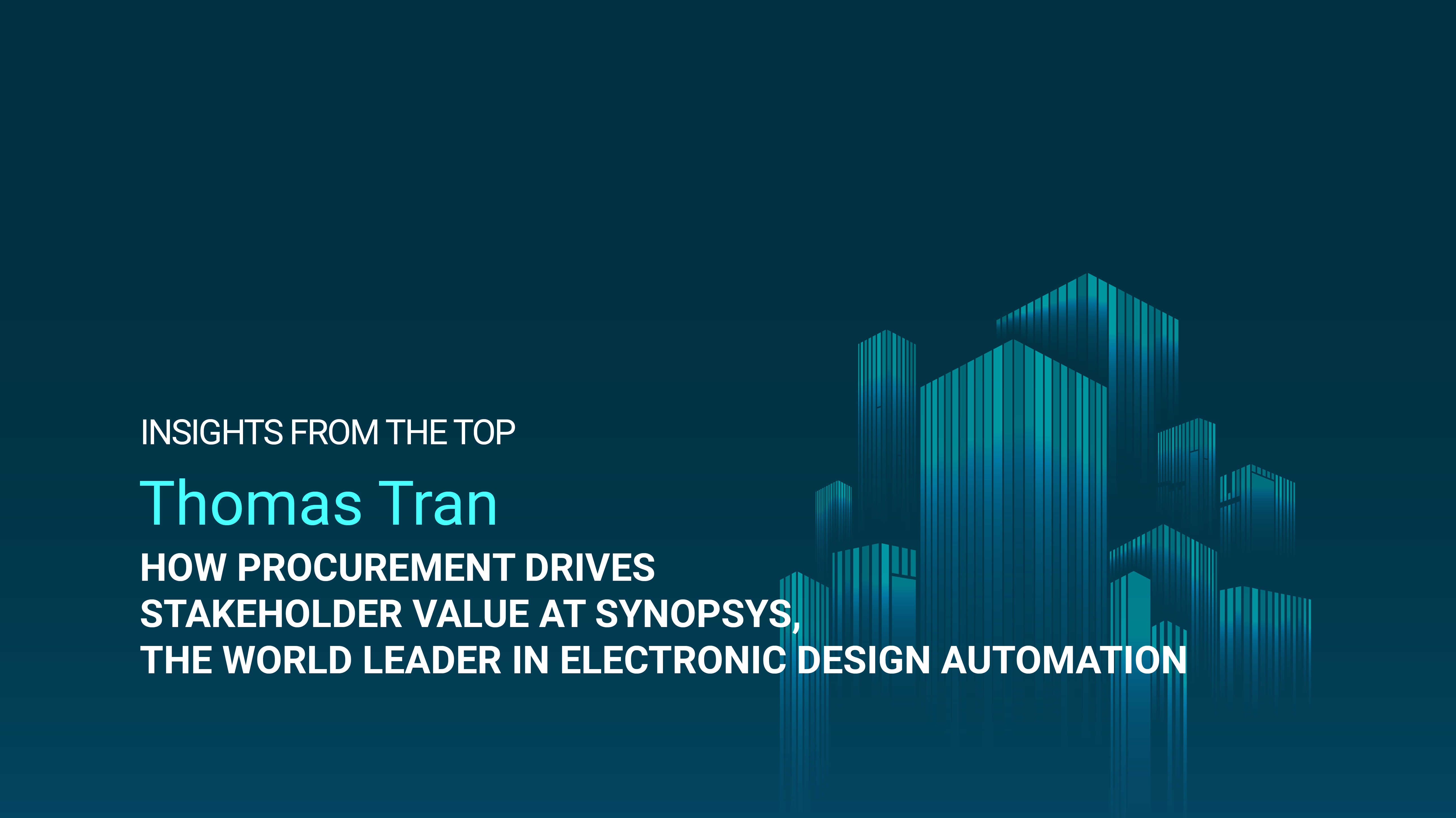-
GEP Software
-
- Procurement Software
- Direct Procurement Software
- Indirect Procurement Software
- Unified Source-to-Pay
- Source-To-Contract Software
- Procure-to-Pay
- Midsize & High Growth Enterprises
- Key Capabilities
- Spend Analysis
- Sourcing
- Contract Lifecycle Management
- Supplier Lifecycle Management
- Third-Party Risk Management
- Purchasing
- Payments
- Data Analytics and Reporting
- Do more with GEP SMART
- Intake Management & Orchestration
- Intelligent Category Management
- Tail Spend Management
- Cost Data & Analytics (GEP COSTDRIVERS)
- AI-First Supply Chain Management
- Supply Chain Visibility and Execution
- Logistics Visibility
- Inventory and Warehouse Management
- GEP Multienterprise Collaboration Network
- Supply Chain Control Tower
- Field Services
- Supply Chain Collaboration & Planning
- Supply Chain Planning
- Purchase Order Collaboration
- Forecast Collaboration
- Capacity Collaboration
- Quality Management Software
- Should-Cost Modeling
- Direct Material Sourcing
-
-
GEP Strategy
-
GEP Strategy
Unrivaled supply chain and procurement expertise + the transformative power of AI
Supply Chain Consulting
- Environmental, Social and Governance
- Sustainability Consulting Services
- Socially Responsible Sourcing
- Scope 3
- Demand and Supply Chain Planning
- Collaborative Planning
- Source To Contract
- Procure To Pay
- Inventory Strategy & Management
- Operations & Manufacturing Excellence
- GEP Total Inventory Management Solution
- Network Strategy & Optimization
- Warehousing & Transportation Management
-
-
GEP Managed Services
-
GEP Managed Services
World-class skills, experience and know-how — amplified by the power of AI
-

How Procurement Drives Stakeholder Value at Synopsys, the World Leader in Electronic Design Automation
Synopsys, Inc. is an electronic design automation company headquartered in Sunnyvale, Calif., focusing on silicon design and verification, silicon intellectual property and software security and quality. Synopsys supplies tools and services to the semiconductor design and manufacturing industry. Products include tools for logic synthesis and physical design of integrated circuits, simulators for development, and debugging environments that assist in the design of the logic for chips and computer systems. Listed on both the Nasdaq-100 and S&P 500 indices, with 19,000 employees and $5B+ in revenue.

Thomas Tran
Director of Global Strategic Sourcing and Procurement
Synopsys, Inc.
Q. What are your areas of responsibility?
I'm responsible for our global procurement organization, from category management and strategic sourcing to procurement operations. Our source-to-contract services are currently outsourced to GEP. Until last year, Synopsys had also outsourced procurement operations to a third-party service provider. However, we decided to bring these services back to our Synopsys team in India. In addition to procurement, I'm responsible for Synopsys’ global travel program.
Q. What is the size of your team?
We outsourced the procurement team 16 years ago, just after I joined Synopsys. We went from an in-house team of 15 to a team of outsourced consultants. Today, in addition to GEP helping us, we have our offshore team in India, which does all the procure-to-pay operations, as well as two direct reports. So, we’re a very lean in-house team with approximately $1 billion in indirect and travel spend.
Q. How does procurement support Synopsys’ mission?
When I joined Synopsys, one of the concerns raised by the financial analysts reviewing our company was that we lagged our peers’ operating margin. At that time, 16 years ago, our operating margin was around 17%, while our key competitor’s margin was in the mid-20s. Since then, our CFO has looked to procurement to help improve the operating margin and today our operating margin is 32%. As our company continues to grow its revenue, our goal is to grow our operating margin to the mid-30s. This is the most important way procurement contributes to help improve our margin.
Q. How is procurement supporting Synopsys’ growth strategy?
Four years ago, Synopsys established a new metric called the rule of 40. Through a combination of revenue growth and operating margin, we set out to achieve a combined 40%. For instance, when we grew revenue by 15%, we aimed to hit a 25% operating margin, for a combined 40%. Fast forward to today when our goal is to reach a combined 45%. Our ambition going forward is to go beyond the rule of 45!
Q. How do you track procurement’s contribution on a weekly basis?
It's great to be able to show savings, but finance needs to understand how those savings flow to our bottom line and really help our company’s margin.
This is an ongoing challenge. One of the major KPIs that we use is savings. We detail savings by project and as a percentage of spend. One of the struggles we’ve had, to be very honest, is to track and show finance how savings flow to Synopsys’ bottom line. After a project is completed, the team will determine and record the procurement savings but, because some of these savings may not impact the bottom line, it is difficult to understand the real impact on the P&L.
We’re currently working with GEP to be able to provide data that measures the value of procurement and the direct impact of procurement savings on our ops margin, which is meaningful to finance. That's not something we can easily do at this time.
Q. How are you mitigating rising costs?
We’re definitely experiencing price increases across the board. Facility management, IT, technology hardware, marketing, HR, you name it — all the costs across all categories have gone up. What I hear from suppliers is that their cost of doing business has gone up, so they need to raise their prices.
Our focus is minimizing these increases. One of the challenges is not only to minimize the increase in our costs, but also to decrease expenses. That's not so easy in a growth company. Not only are costs going up, but also demand for our services and, therefore, our expenses are also rising as we grow, which is a good problem to have of course.
With help from the GEP team, we’re putting in place ways to mitigate the cost increases. In addition to securing cost savings, we’re working with our internal stakeholders to better manage the demand side so that we can minimize the cost increase. If we don’t manage demand, then it will nullify savings and cost avoidance.
For instance, when we bid on laptops, we assume that we'll need X number of laptops based on the refresh cycle number. We negotiate prices and a good discount based on our order volume and we calculate savings. If for any reason we actually need 15,000 laptops instead of the 10,000 we agreed discounted prices for, our savings are nullified by the additional 5,000 units that we have to buy. Whether we get a discount or not, we still have to buy 5,000 more. So, the real impact is an increase in our expenses, which doesn't really help our ops margin. Our challenge is to secure savings in sync with our growth so our expenses are not rising faster than our revenue.
Q. What are your top challenges with digital transformation projects?
While digital transformation is great, the challenge is to deliver on the promised results. There's always a business justification for investing in a digital transformation project, but it's often quite difficult to quantify the actual results after completion. I don't think a lot of people really go back and say, here's what we were looking to achieve, and we accomplished the promised tangible benefits.
In fact, what tends to happen is consultants come in and detail what we should be doing, whether it’s improving the process or increasing savings, which sounds really wonderful. We implement the project, which typically involves quite a lot of work, and at the end, it’s often difficult to quantify the impact.
For instance, we recently completed an 18-month implementation of a contractor onboarding system to automate the entire contractor onboarding process, digitize the Statement of Work drafting, track actual versus agreed rates, and gain better overall visibility into our spend with our service providers. To be candid, we’re still struggling to determine if we achieved half of the benefits that we were told we would accomplish.
On the procurement side, it's easy for us to calculate savings. It’s when we introduce another tool where we encounter difficulties stating our productivity improved by X amount, or we achieved even greater savings. There is a lot of room for digital transformation projects to do a better job at quantifying results and demonstrating improvement.
Q. What new digital solutions are you particularly excited about?
The key is to show real and tangible value to your stakeholders and be able to clearly communicate it to them.
I'm working with GEP on budget-to-pay to provide real-time visibility on budget that will be consumed based on the spend that we're going to be making. Typically, most companies use a procurement system that provides good visibility when services are consumed. When we buy products or services, what's lacking today is once a request for a service or product is made, what will the impact of that request be on our overall budget?
Today our budgeting, forecasting and procurement software are not well integrated, so it’s really difficult for finance to know the potential impact of a purchase request on the budget to make a real-time approval decision.
The real-time visibility and control that budget-to-pay provides is vital when all of a sudden, the economy hits some bumps, and CFOs ask our help to reduce costs. Budget-to-pay provides visibility into the impact requested purchases will have on the budget, enabling us to dial back our expenses. That’s why I’m very excited about budget-to-pay, which will put some artificial intelligence into our procurement.
Q. How is procurement advancing ESG?
We have a big focus on ESG, which is being led by Synposys’ dedicated ESG group. We started by establishing key goals that we want to achieve. Four years ago, we were more focused on increasing our spend with minority- and women-owned businesses, but today we’re also focusing on reducing the environmental impact of our suppliers.
The first thing we did was to really understand our spend with our suppliers, and which suppliers have pre-existing ESG targets, and which suppliers don’t.
The second step, which we’re currently taking, is to establish ESG targets, especially with vendors we have a significant spend with. We want to make sure all our suppliers have ESG goals and targets.
Q. What are your biggest challenges going forward?
Among our top challenges continues to be proactively communicating our value to stakeholders. In the past, we communicated our value primarily through savings. That’s no longer sufficient. In addition to providing savings, we need to show benchmark prices and best practices in our key categories of hardware, software, cloud, and professional services. It’s about understanding, really understanding pricing by category and industry, what other companies and suppliers are doing. Our biggest challenge is to bring tangible intelligence to the sourcing negotiation.
Q. What are the top skills procurement teams must develop?
Which is partially why we hired an outside service provider to help bring insights into benchmark pricing to aid negotiations and bring that value to our stakeholders.
Q. What is your one piece of advice to fellow procurement leaders?
My biggest recommendation to peers is to seek out people who have deep insights into pricing, benchmarking and best sourcing and procurement practices for a particular spend category, whether through an external provider, your industry peers, acquiring data from specialized database or publications or new hires.
Breadcrumb
- HOME
- INSIGHTS FROM THE TOP
- HOW PROCUREMENT DRIVES STAKEHOLDER VALUE AT SYNOPSYS, THE WORLD LEADER IN ELECTRONIC DESIGN AUTOMATION









